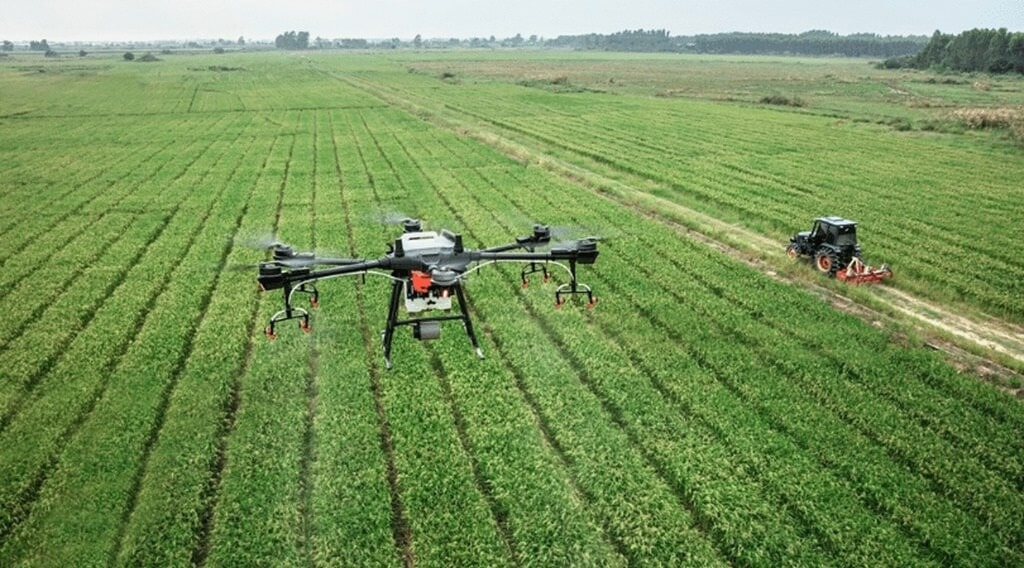The drone is also known as an unmanned aerial vehicle (UAV) which is fascinating with its history that dates back to the early 20th century. The idea of unmanned flight which is started with the development of radio-controlled aircraft during World War 1. In 1930 the British started the “Queen Bee” a radio-controlled target drone that is used for training anti-aircraft gunners.
In World War 2 the Allies and Axis powers both experimented with various forms of drones for reconnaissance and target practice. The Cold War era saw significant improvements in drone technology.
In the late 20th and early 21st centuries, drones became more complex and began to play vital roles in military operations which can include surveillance, reconnaissance, and targeted strikes. The predator drone which is introduced by the u.s military in the 1990s can become iconic for its use in counterterrorism efforts.
In previous years, drone technology has expanded outside military applications which can include commercial, scientific, and recreational uses. The latest drone is prepared with cutting-edge navigation systems, cameras, and sensors that can make them valuable tools in fields like agriculture, filmmaking, environmental monitoring, and package delivery. The development and integration of artificial intelligence and autonomous systems have pushed continued to the boundaries that what drones can achieve.
The history of DJI drones
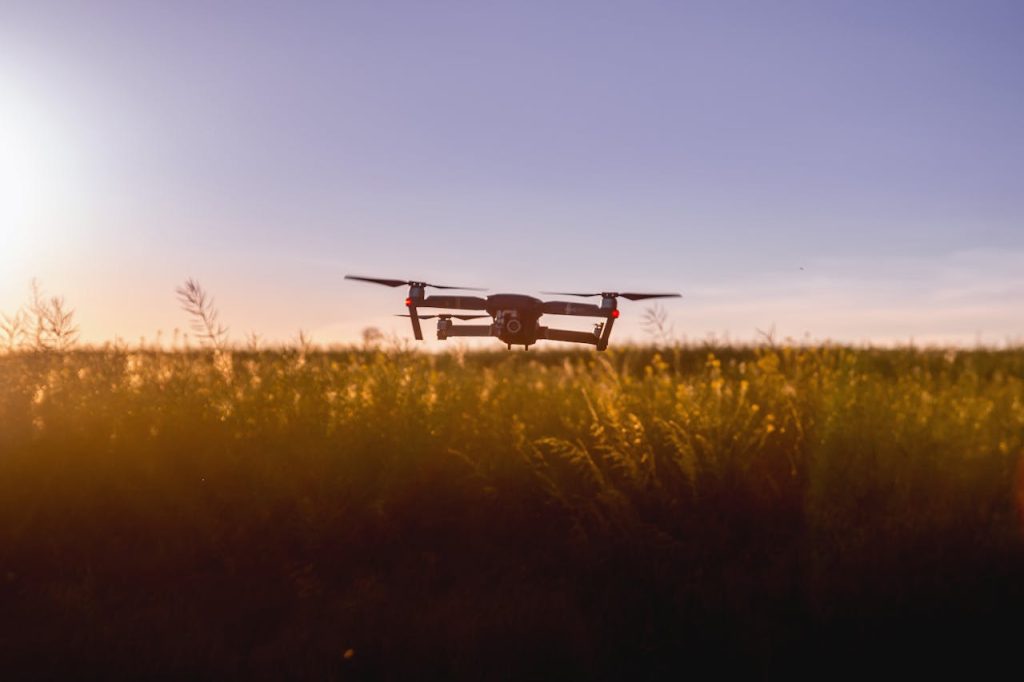
DJI drone was established in 2006 by Frank Wang in Shenzhen, China. It has to be started with a small company focused on creating flight control systems for look like a helicopter. In 2013 the DJI drone transformed the customer market with the discharge of the Phantom series which features are integrated camera and GPS-based stabilization, making aerial photography and videography accessible to a broader audience.
The success of the Phantom series catapulted the DJI to the forefront of the drone industry. The next models Phantom 2 Vision+ and Phantom 3, are the features of this drone to improve gimbals, live H video streaming, and improve flight performance. DJI company has continued to innovate with the release of the Mavic series in 2016. The feature of this drone is a foldable design for increased portability without compromising on upgraded capabilities like obstacle avoidance and 4K video recording.
DJI products are used to increase the including drones for professional use such as the Inspire and Matrice series, which cater to industries ranging from filmmaking to agriculture. DJI company can also develop the Osmo line of handheld gimbals and the Ronin series for professional camera stability.
Today DJI company remains the market leader in drone technology. It can consistently push the envelope with the new features and innovations in both customer and professional-grade drones. They have a commitment to research and development which has made Dji drone synonymous with cutting-edge drone technology worldwide.
Models of DJI drone

The model of DJI drone company has innovated various range drone models catering to various needs and industries. The Phantom series started with the Phantom 1 which was DJI’s first major success in the customer drone market. These drones are known for their robust build, integrated cameras, and user-friendly features with a Phantom 4 pro being a standout model due to its advanced obstacle sensing and superior image qualities.
In 2016 the Mavic series was introduced to bring portability to the forefront with its foldable design. The Mavic Pro set is the new standard with its compact size and high-performance features. The subsequent models are like Mavic Air, Mavic Air 2, and Mavic 2 Pro which continue with the trends that can improve the camera capabilities, flying for a long time.
To be the professional application DJI developed the Inspire series like Inspire 1 which launched in 2014 and the feature is to transform design and dual operator control to make it ideal for filmmakers. The Inspire 2 has improved with the speed, agility, and camera options, which further cemented its status in the professional aerial cinematography market.
The DJI also caters to industrial and commercial sectors with the Matrice series. The Matrice 200, 300, and 00 models are designed for tasks such as aerial mapping, inspection, and agriculture which the featuring of modular payload options and upgraded flight capabilities.
DJI mini-series which can include the Mavic mini and Mini 2 are ultra-lightweight drones aimed at beginners and hobbyists. This model has impressive features like 4k video and increased flight times in a compact, easy-to-carry package.
History of drones in agriculture farming
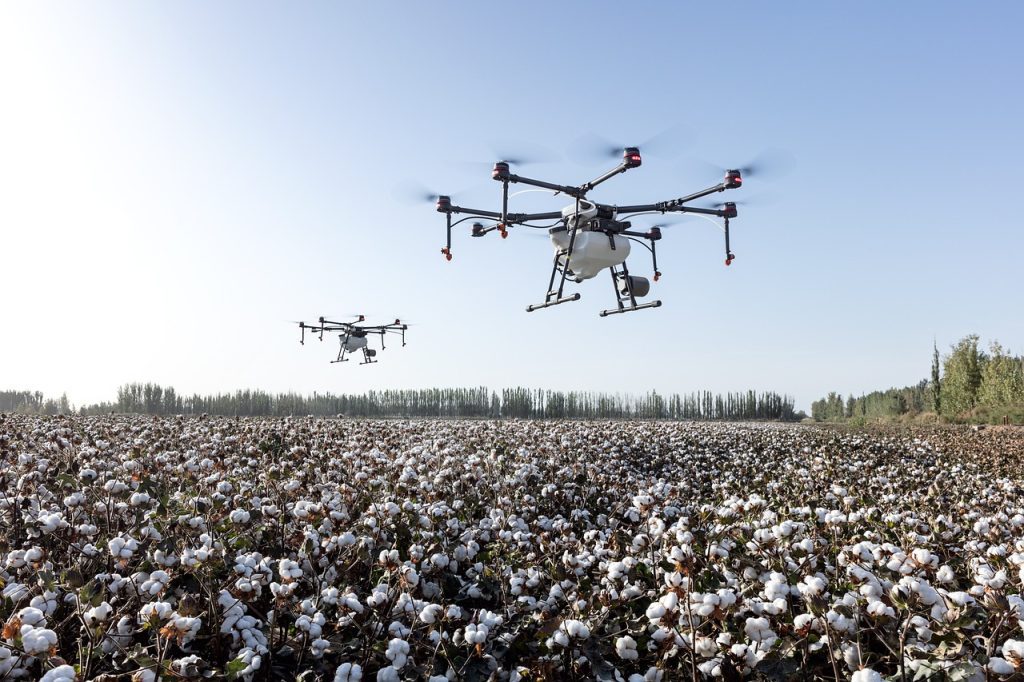
When the use of drones in agriculture farming also known as precision agriculture began to gain traction in the early 21st century. Drones are firstly used for aerial imaging and mapping that can allow the farmers to get a bird’s eye view of their fields. This technology delivered valuable insight into crop health, irrigation problems, and pest infestations.
In 2010 improvements in drone technology made them more accessible and affordable for farmers. Carry with multispectral and thermal cameras. The drone should collect data on plant health, soil condition, and water usage. These data can allow the farmer to make better decisions about planting, fertilizing, and irrigating their crops.
Drone can also used for more direct applications like crop spraying. Drones are like a DJI agras series which can precisely apply pesticides and fertilizer, reduce waste, and environmental impact change. This method is used in areas that are difficult to reach with traditional machinery.
These integrations of artificial intelligence and machine learning also enhanced the capabilities of agricultural drones. This technology enables the real-time analysis of cropping data, helping farmers to quickly identify and address issues. For example, AI algorithms can detect early signs of disease or nutrient deficiencies, allowing for timely preservation.
Nowadays drones are an integral part of modern farming practices. It can help to increase efficiency, reduce cost, and improve yields by providing precise and timely information. The technology has continued to evolve and the role of drones in agriculture is expected to expand even further which can contribute to more sustainable and productive farming methods.
History of Commercial drone
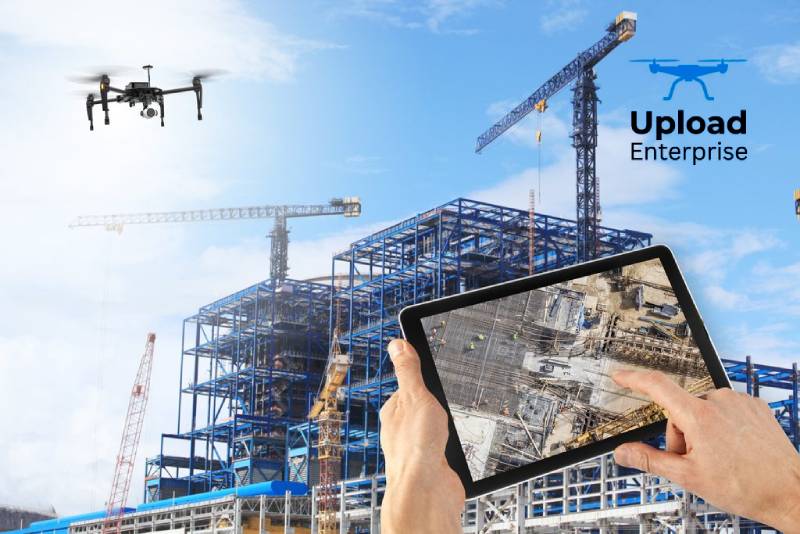
The history of commercial drones which is started to take shape in the early 2000s when advance technology made them more viable for non-military applications. Mainly drones are primarily used for aerial photography and videography which can offer a new perspective for industries such as real estate, filmmaking, and journalism.
In 2006, the Federal Aviation Administration (FAA) in the United States which issued its first commercial drone permits made a significant milestone in the integration of drones into civilian airspace. This can be a new opportunity for businesses to expand drone applications in various sectors.
DJI’s Phantom series was launched in 2013 and is the turning point for the commercial drone market. These drones are user-friendly and ready with high-quality cameras, improving flight time features that can make them accessible to broader clients. This democratization of drone technology stimulated innovation and adoption in multiple industries.
In mid-2010 drones were used for a wide range of commercial purposes. Drones provide all the details of aerial imagery to monitor crop health and optimize farming practices in agriculture. In construction, they offer efficient site surveys and monitor the progress. Drones can play the most important role in infrastructure inspection, environmental monitoring, and disaster response.
Amazon announced its prime air delivery service in 2013 with the use of drones for fast package delivery. While regulatory and technical challenges have slowed widespread implementation. This announcement has highlighted the potential of drones to revolutionize logistics and delivery services.
Nowadays the commercial drone industry continues to grow rapidly with the improvement in drone technology, artificial intelligence, and regulatory developments. Drones are now necessary tools in many fields from surveying and mapping to search and rescue operations which can provide their versatility and value in the commercial sector.
History of drone timeline
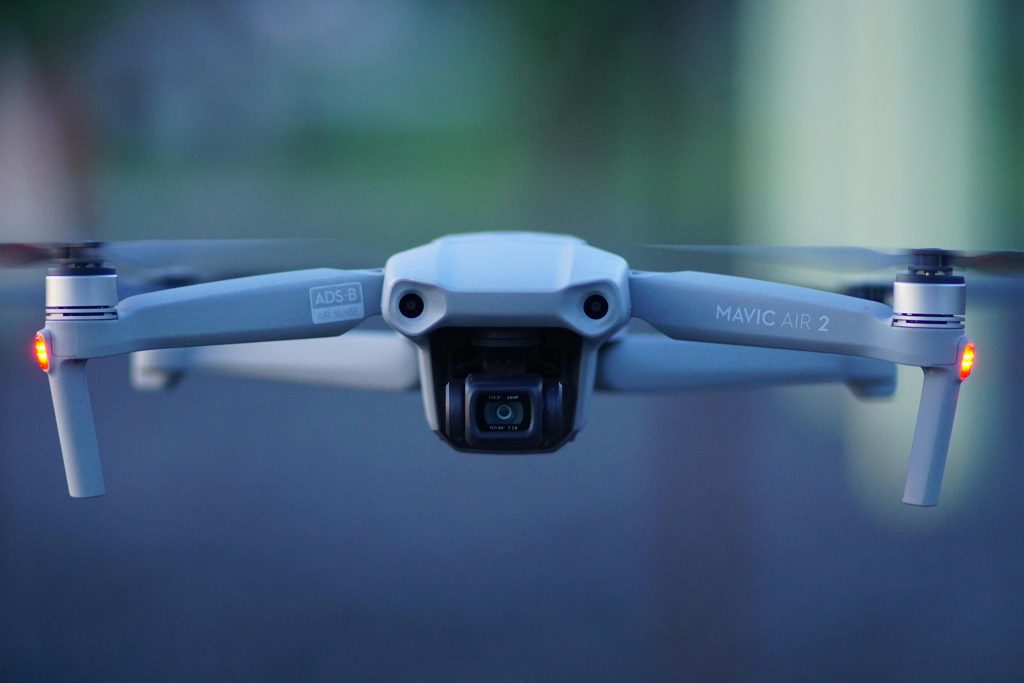
The history of drone timelines has been given.
- 1917: The concept of drones started in World War I with the development of the Kettering Bug, an early cruise missile intended to serve as a “flying bomb.”
- 1935: The British Royal Navy invented the Queen Bee, a radio-controlled aircraft used for training anti-aircraft gunners. This is one of the first practical applications of drones.
- 1940s: In World War II, the Allies and Axis powers both experimented with drones for reconnaissance and target practice, which can include the use of a V-1 flying bomb by Germany.
- 1950s-1960s: The Cold War era saw the U.S. and the Soviet Union moving drone technology for the intelligence community. The Ryan Firebee, introduced by the U.S. in 1951, was one of the earliest jet-propelled drones.
- The 1970s: Israel started drones extensively for military reconnaissance which can improve drone technology and operational planning.
- The 1980s: The U.S. developed the Predator drone, which became operational in the 1990s, improving modern drone warfare with its long endurance and real-time surveillance capabilities.
- 2000s: In these years, Drones started to be used in civilian applications, with significant improvements in GPS and camera technology making them viable for commercial and recreational use. The FAA issued its first commercial drone permits in 2006.
- The 2010s: when it has to be released for User-friendly drones like DJI’s Phantom series in 2013 which is democratized drone technology, leading to wide adoption in industries such as agriculture, filmmaking, and infrastructure inspection. Amazon also announced its Prime Air drone delivery service in 2013.
- 2020s: Drones have become necessary in various sectors, with improvements in artificial intelligence and autonomous flight capabilities. They are used in logistics, disaster response, environmental monitoring, and more, showcasing their versatility and impact on modern society.
History of drones in law enforcement
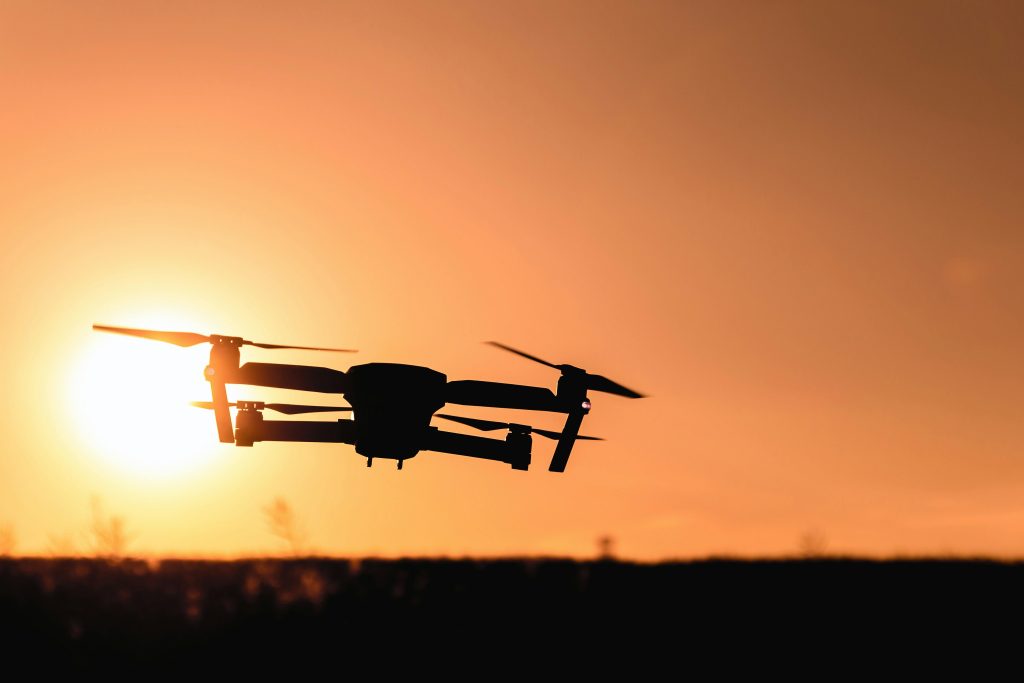
The history of drones in law enforcement started in the 21st century. When the police departments started exploring drones for various operational tasks. Drones are used for aerial surveillance and reconnaissance, which can provide a new perspective on crime scenes, public events, and high-risk situations.
In 2013, the police department became one of the first in the United States to acquire drones. They can faced with public backlash over privacy concerns that can highlight the need for clear regulations and public transparency. The advantage of drones in law enforcement became evident, leading to wider adoption.
In the mid-2010s, many police departments across the U.S. and other countries started integrating drones into their operations. These drones are used for tasks such as monitoring large crowds, searching for missing people, and assessing dangerous situations without involving the officers at any risk. The drone can be ready with thermal imaging cameras proved particularly useful for nighttime operations and search and rescue operations.
Using drones in law enforcement can expand rapidly with the improvements in technology. The latest drone can stream live video, carry various sensors, and even use artificial intelligence to enhance surveillance and data analysis. Drones can also monitor traffic, inspect critical infrastructure, and support disaster response efforts.
In previous years the role of drones in law enforcement has continued to evolve with drones being used for crime scene documentation, collecting evidence, and tactical operations.
The integration of drones into law enforcement has significant benefits in terms of efficiency and safety. It can also raise important questions about privacy and regulation, necessitating ongoing dialogue and policy development.
Unmanned aircraft

Unmanned aircraft are systems that can be operated without a human pilot onboard. These aircraft can be run remotely which can be controlled by a human operator or autonomously operate based on pre-programmed flight plans.
The concept of unmanned aircraft dates back to World War I with the development of early prototypes like the Kettering Bug, intended as an aerial torpedo. Over the decades, technological advancements have significantly expanded the capabilities and applications of unmanned aircraft.
